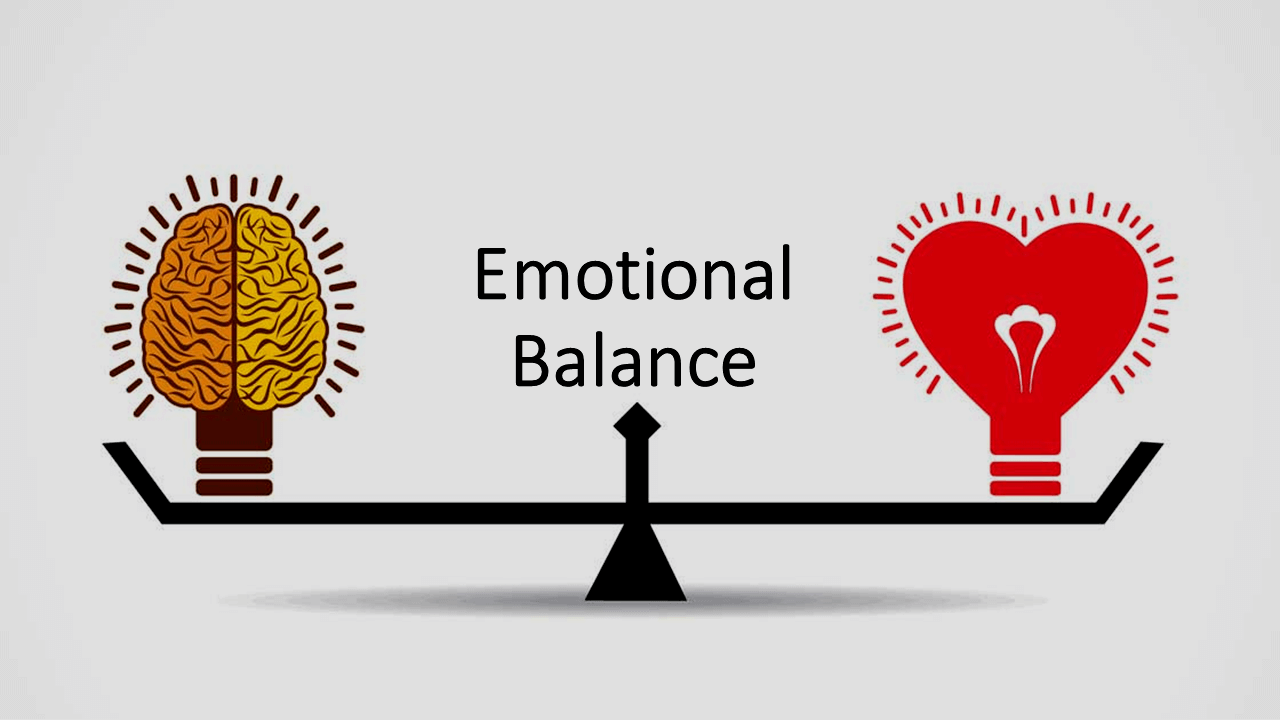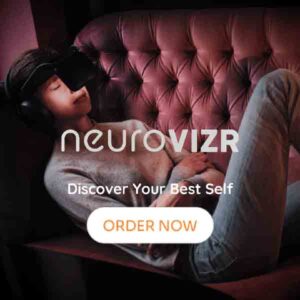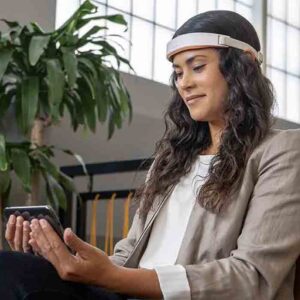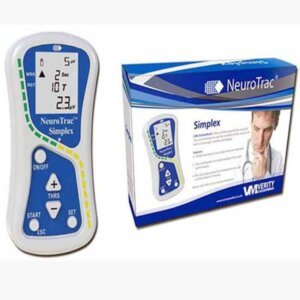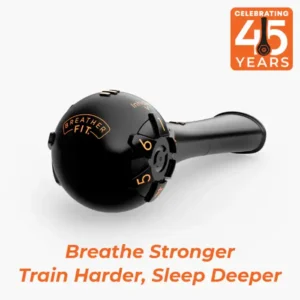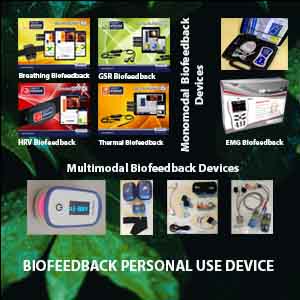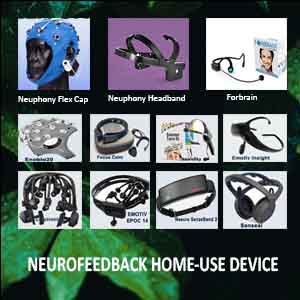




Biofeedback for Professional Success
Regardless of the situation, a person’s ability to perform his professional activities and duties necessitates him to shift readily between certain attention states and regulate certain arousal states. At times, a condition of sustained focus and concentration is needed. In contrast, in others, mental and physical flexibility is necessary, allowing a person to be calm yet able to react quickly to the appropriate stimuli. Focus and emotional balance are the keys to peak performance in all areas. Different modalities of Biofeedback for Professional Success train you to function more efficiently, improving mental functioning and emotional stability. Professional success is more sustainable when rooted in personal success, as achievement comes from balance and well-being.
Surgeons use it to improve concentration; corporate executives use it to increase emotional intelligence for improved leadership skills and better time management; musicians use it to relieve the performance stress and “tune-up” the muscles involved in performance; others use it as a mental guide to reach mindful, meditative, or other spiritual states. Many people use different biofeedback modalities training to release stress, improve sleep, and be at their best, no matter their circumstances.
Table of Contents
Toggle- Biofeedback for Professional Success
- Professional success, personal success and optimal performance.
- What Is Professional Optimal Performance?
- Which Biofeedback Modalities Support Both Professional Success and Personal Success Through Optimal Performance?
- Results of Biofeedback training for both – professional success and personal success
- FAQ: Biofeedback for Professional Success
- Biofeedback and Neurofeedback Home Use Devices for Professional Success and Personal Success
Professional success, personal success and optimal performance.
How are they related to professional success and optimal performance?
To understand this, first, we should define professional success. Today, there are so many professions that it is difficult to list all of them. However, regardless of specialization, people desire success in their chosen field.
How could professional success be defined?
Professional success is a combination of achieving financial stability, allowing lifestyle and choice while doing work you specialize in and enjoy, having the opportunity for growth, developing strong personal and professional relationships, having the flexibility to successfully integrate work and life, maintaining good health, and then finding that you are also happy and fulfilled with your life and career choices.
Every specialty has its professional knowledge, skills, and performance. However, for all professions, a set of universal skills is necessary for success—so-called body physiological parameters managing skills.
What are these skills?
They can be divided into two main groups:
1. Skills that depend on special professional needs (not knowledge).
For example:
- For surgeons, pianists, and some kinds of sports – it is necessary to have strong management (contraction/relaxation) of tiny movement muscles of arms and fingers;
- for singers, teachers, orators, and lecturers – it is necessary to have strong management of breathing and vocal function muscles (contraction/relaxation);
- for dancers and sportsmen, – it is essential to have strong management of all body muscles (contraction/relaxation);
– etc.;
2. Skills that are universal for all specialties and professions:
- Brain attitude management – attention, concentration, memory, thinking flexibility, spatial thinking, imagination, creativity
- muscles activity management
- breathing pattern management
- heart rate pattern management
- body temperature management
- stress management
Here, we just came to the answer regarding the relationship between professional success and optimal performance.
What Is Professional Optimal Performance?
Optimal performance refers to a mental and body state where people feel immersed in the task. Regardless of their tools, they can deliver the results while appropriately deploying and maintaining the available resources.
Nowadays, it is difficult to manage all our obligations, overcome all obstacles, and, ultimately, keep calm and stay healthy.
To reach the top of our dreams, we often need the power of the mind, will, a state of physical body and spirit, and other features.
It became traditional for people to use medicine to overcome their tiredness and fatigue so that they can feel up to continuing their activity in the rhythm requested by life.
Also, people often seek the help of couches to overcome their habits that are obstacles to their dreams: to have energy, overcome shyness, develop some leadership skills, or overcome their mood and gain faith in themselves.
So, what personal qualities do people need to keep going toward their dreams and have Optimal Performance in any sphere of life?
Today, it is no longer a secret that the key to professional success and optimal personality performance is in every person’s hands.
If your performance is close to optimal, then you will have success in any sphere of your activity.
For any person’s successful activity, regardless of narrow specialization, the influential qualities are attention, memory, the ability to concentrate for a long time, the ability to withstand stress, the ability to manage self-emotions and thoughts, and many other skills.
For Optimal Performance and personal success in any sphere of life, and especially for professional success, people need:
- Balanced Emotion and stress management,
- Strong volitional ability to concentrate,
- Low distractibility,
- Good memory and attention,
- Fast and flexible thinking and analyses,
- Speed reading,
- Proficiency and fluency in speech, verbal skills, and the ability to express thoughts clearly,
- The ability to relax at will,
- Self-control of thoughts,
- Self-control of the body and its functions.
That’s all! 🙂
Is it possible to develop all these skills?
Yes!
All these skills can be developed at once!
The key is self-managing through the control of the physiological parameters of the body.
Some physiological parameters of the body are under our conscious control, such as breathing (patterns, rhythm, and amplitude). Breathing pattern exercises can help us regulate our mental state and health.
However, some are outside our conscious control, such as heart rate (heart rate variability), muscle tension, temperature, and skin conductance.
Then, there is a question: How can they be regulated?
It became possible due to the development of BIOFEEDBACK modalities’ home-use devices for personal use.
What is biofeedback, and how it works?
From the terms “BIOFEEDBACK” – “BIO” and “FEEDBACK”- you can understand that it is a technology that is based on feeding back the bio/physiological parameters, such as heart rhythm, temperature, muscle tension, and skin conductance in the way that any person can understand.
The devices are made in a way that registers the body’s physiological parameters and transforms them into an understandable format, such as images/video/voice. The clearness of images/video/voice is provided by tuning the requested level of registering physiological parameters. This tuning is taking place due to conscious/unconscious level chain works. Multiple training based on the biofeedback model soon brings the results: trained parameters keep that level, which is necessary for optimal performance. And it is reflected in everyday life by changing the quality of life.
For decades, Biofeedback was limited by equipment requiring complicated use and specialists’ participation. However, innovative technology development made it possible to comfortably use Biofeedback systems individually at home.
Different modalities of biofeedback allow any person, using their physiological parameters for input/output, to correct many skills, such as balancing emotion, improving attention/memory/ concentration, overcoming and managing stress, and many others listed above.
The Emotional Balance skill holds first place in the skills list for Optimal Performance. Emotional health is a substantial part of overall health. Emotionally healthy people are in control of their thoughts, feelings, and behaviors. They’re able to cope with life’s challenges and stress. They feel self-confident and have good relationships with their colleagues and family members.
Which Biofeedback Modalities Support Both Professional Success and Personal Success Through Optimal Performance?
The following biofeedback modalities may be used to optimize your activity, personal success, and overcome obstacles to professional success.
- EEG Biofeedback or Neurofeedback
- EMG Biofeedback
- Breathing Biofeedback
- HRV Biofeedback
- Temperature Biofeedback
- Electrodermal Skin Activity Biofeedback
In the table below, you can find which biofeedback modalities are more effective in what cases.
Biofeedback Modality
Health Condition/State
EEG Biofeedback Neurofeedback
- Concentration, Attention, Memory issues
- Impulsivity,
- Emotional imbalance,
- Poor Emotional Self-awareness,
- Depression,
- Irritability,
- Rumination,
- Agitation,
- Anger,
- Anxiety, Panic Attacks,
- Worry,
- Phobias,
- Insomnia
- Obsessive Thinking,
- Excessive Rationalization,
- Dislike Change,
- Restless,
- Migraine, Tension Headaches
Electromyography EMG Biofeedback
- Training of muscle power,
- Muscle building and strengthen individual muscles or muscle groups,
- Strengthening of weak muscles,
- Muscle relaxation and tension relief,
- Coordination exercises,
- Posture correction,
- Reduction/management vegetative symptoms of stress (high blood pressure, tachycardia, arrhythmia, tachypnea, etc.),
- Stress reduction/management – relaxation of typical stress muscles (forehead, jaw, shoulder, neck),
- Tension headache,
- Panic attack, Anxiety,
- Inner tension relief,
- Support psycho-education/self-awareness,
- Retraining individual muscles or muscle groups (after stroke, trauma, etc.),
- Pain relief (back pain, etc.),
Heart Rate Variability (HRV) Biofeedback
- Racing heartbeat,
- Chest tightness,
- Chronic generalized stress and its vegetative symptoms,
- Difficulties in relaxing,
- Rapid shallow breathing,
- Emotional disbalance
Respiration (Breathing) Biofeedback
- Fast, shallow breathing,
- Hyperventilation,
- Lightheadedness,
- Train abdominal breathing,
- Balance breath cycle,
- Insomnia problems,
- Stress and its vegetative symptoms,
- Depression,
- Attention and concentration problems,
- Anxiety disorders,
Electrodermal Skin Response (EDSR) Biofeedback
- Sweaty hands,
- Anxiety,
- Distracted thoughts,
- Agitated mood,
- Low anger threshold,
- Poor Impulse Control,
- Emotional instability,
- Anxiety, Panic disorders,
- Specific phobias,
- High blood pressure,
- Tinnitus,
- Sleep disorders,
- Headache (tension, migraine),
- Stress management,
Temperature (Thermal) Biofeedback
- Cold hands or feet,
- Poor peripheral circulation,
- Blood pressure fluctuations,
- Guide for meditation, increase depth of meditation,
- Anxiety, Panic attack,
- Depression,
- Migraine and tension headache,
- Cold hands or feet,
- Poor peripheral circulation,
- Blood pressure fluctuations,
- Guide for meditation, increase depth of meditation,
- Anxiety, Panic attack,
- Depression,
- Migraine and tension headache,
Results of Biofeedback training for both - professional success and personal success
Combining different modalities in biofeedback training is more effective in managing stress and reaching optimal performance, thus achieving both personal success and professional success.
As a result of Biofeedback training, you will have.
- Development of stress resistance,
- Rapid fatigue disappears, and exercise tolerance increases,
- Concentration, attention, memory, and mental activity are improved,
- A feeling of “fog in the brain” and easy distraction disappeared,
- The work of the lungs improves, they are cleaned, their volume increases, and shortness of breath disappears, which will improve blood supply to the brain and make its activity,
- Myocardial blood supply improves,
- The function of the abdominal organs is improved,
- Muscle tonus and electrical activity normalized,
- Hormonal balance and metabolism are normalized, providing a standard weight for maintenance.
Combination of biofeedback modalities
Let’s see what combination of biofeedback modalities can be used in certain professional specialists to maintain optimal performance and professional success.
For example, singers, orators, teachers, or other vocal specialists should develop breathing, voice/speech, emotion, and muscle control. How can it be performed with the help of Biofeedback?
First, developing an optimal breathing pattern is necessary, which can be done with the appropriate diaphragmatic breathing exercise and Breathing Biofeedback.
Next, a neurofeedback device, such as an audio-vocal feedback device, can be used to develop conscious control and unconscious habits of voice/speech. This modality can also solve the problems of emotion control and performance anxiety.
And finally, the EMG Biofeedback modality can be used to develop appropriate neck muscles.
It is necessary to note that the isolated use of one of the mentioned modalities can influence all the requested aspects. For example, Breathing Biofeedback can solve the task of breathing patterns, calm the nervous system, balance emotions, solve performance anxiety, promote general and muscular relaxation, improve concentration/attention, and activate body circulation. Isolated use of audio-vocal Neurofeedback can develop voice/speech control and improve memory/concentration/attention, emotional balance, etc.
Please visit our website’s “Articles” chapter to learn more about how Biofeedback can be applied in different specialties to achieve optimal performance and professional success.
Take home message.
How do you achieve emotional balance and keep it in life with easy-to-perform training without any device?
There are a lot of simple methods that can be used in everyday life to achieve emotional balance.
First of all, it is the diaphragmatic breathing method. It is easy to develop this kind of breathing pattern—train it for 5 minutes 3 to 5 times per day and make it a habit for life.
You can watch the Diaphragmatic Breathing video on how to develop skills.
FAQ: Biofeedback for Professional Success
Professional success isn’t just about promotions or salary—it’s a sustainable achievement that aligns with your values. Key markers include:
- Mastery of your field
- Leadership influence
- Work-life harmony
- Resilience under pressure
- Continuous growth
Biofeedback helps professionals achieve this by optimizing stress resilience, focus, and decision-making.
Top evidence-based skills, enhanced by biofeedback:
- Cognitive: Focus, problem-solving, creativity (trained via neurofeedback)
- Emotional: Stress management, emotional intelligence (HRV biofeedback)
- Physical: Energy regulation, posture/voice control (EMG biofeedback)
- Social: Confident communication (coached with real-time physiological data)
Unlike generic training, biofeedback provides:
- Brain optimization: Neurofeedback targets focus (beta waves) and creativity (alpha/theta balance)
- Stress inoculation: HRV training reduces burnout risk by 41% (APA)
- Performance consistency: Maintain peak states during negotiations/presentations
Yes. Our 3-phase protocol:
- Identify triggers (real-time stress response monitoring)
- Rewire reactions (neurofeedback for calm focus)
- Automate resilience (HRV coherence training)
85% of clients reduce anxiety symptoms within 6 weeks.
- Quick wins (3-5 sessions): Speech anxiety reduction, sleep improvement
- Transformational results (10-15): Leadership presence, creative flow states
- Elite performance (20+): Surgical precision, trader’s mental edge
Biofeedback and Neurofeedback Home Use Devices for Professional Success and Personal Success
In the market, many devices today have been made for home use to improve academic performance – to increase attention and concentration, to improve emotional state, to decrease educational stress or stress during academic exams, to increase academic performance, etc. However, it should be noted that not all devices are tested. On our website’s “Home Use Device” page, you can read more about tested and effective devices for biofeedback and learn in which cases they can be used. Also, you can understand how they use and interpret the results.
Neurosky Mindwave for
Neeuro SenzeBand Brain
Neurovizr Flashing Light
Mendi Neurofeedback Headband
Forbrain Bone Conduction
HeartMath Inner Balance
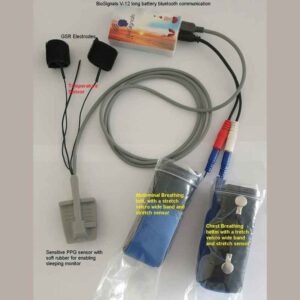
BioSignals 5 Biofeedback
NeuroTrac MyoPlus 2
NeuroTrac EMG Biofeedback
Breather Fit: Athletes’




